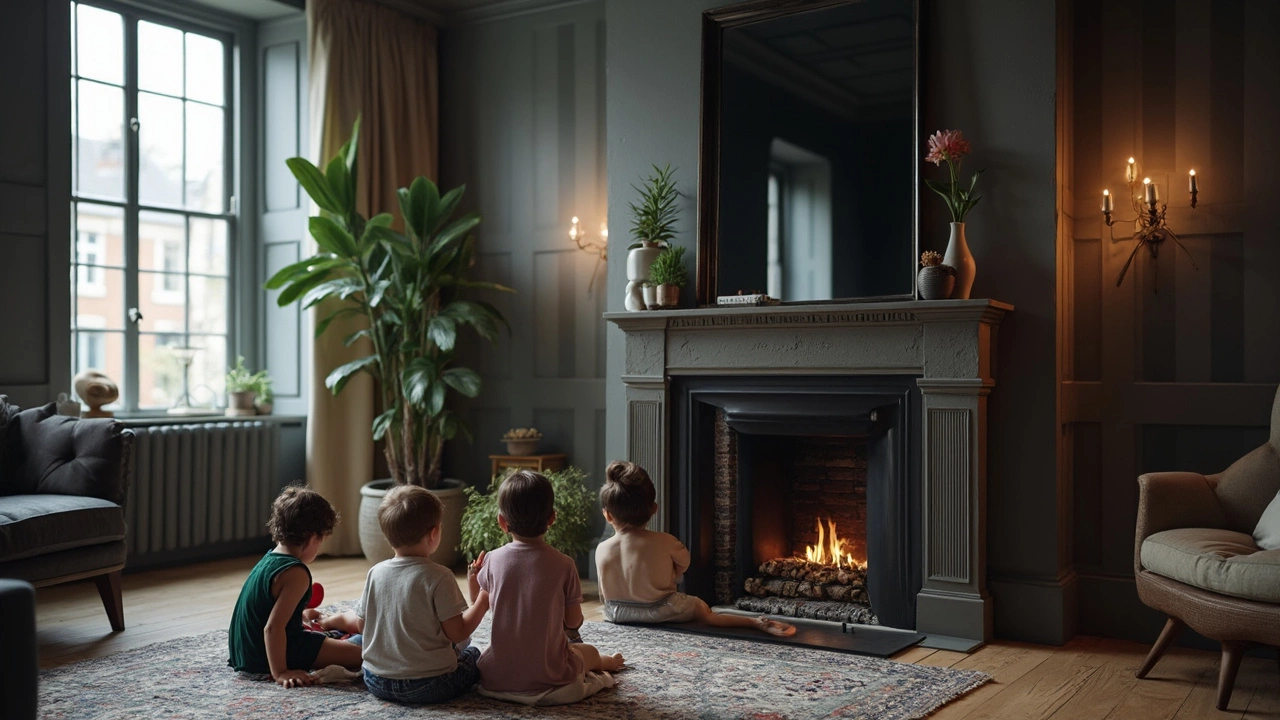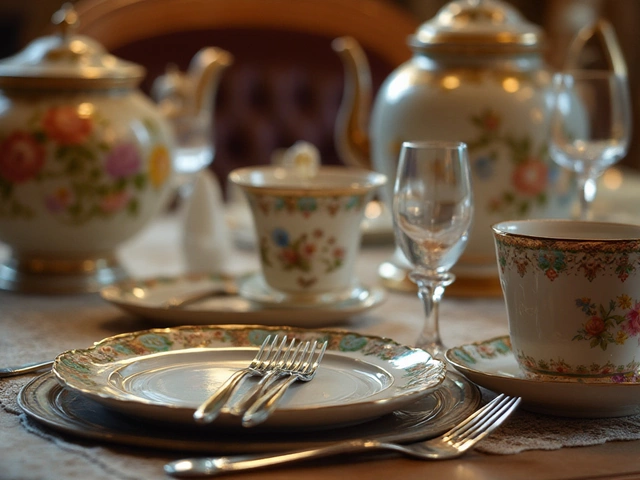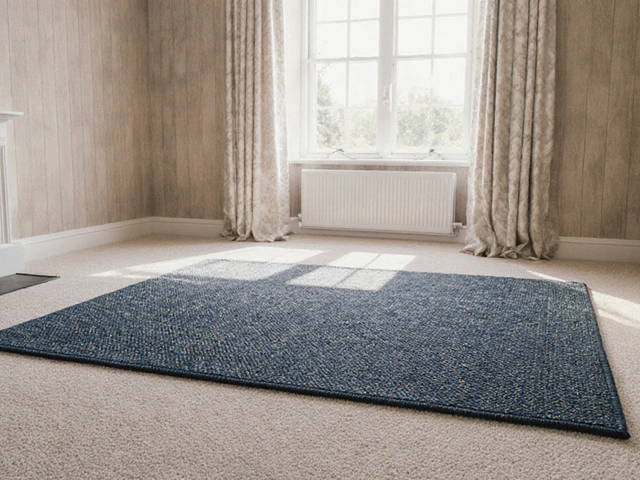History of Mirrors: From Ancient Polished Metal to Modern Décor
Mirrors have been around longer than most of the furniture we own today. The first people who tried to see their reflection used polished bronze, obsidian, or even water. Those early surfaces were small and fragile, but they sparked a fascination that never went away.
Early Mirrors and Their Materials
In ancient Egypt, craftsmen ground copper into a thin, shiny sheet and backed it with a layer of silver. This made a mirror that could show a clear face, though it was still pricey. The Romans liked polished metal too, but they also began experimenting with glass coated in metal after the 1st century AD.
By the Middle Ages, glass was still too expensive for most homes, so nobles relied on polished metal. It wasn’t until the 16th‑century Venetians perfected a technique called “silver‑backed glass” that mirrors became more affordable. They applied a thin layer of liquid mercury to the back of clear glass, then baked it. The result was a bright, flat surface that looked like what we use today.
That Venetian method spread across Europe, and by the 1700s factories in England and France were mass‑producing glass mirrors. The invention of the “silvering” process in the 1830s—using a chemical reaction to coat glass with silver—cut costs even more. Suddenly, mirrors moved from palaces into middle‑class homes.
Mirrors in the Modern Home
Today we have mirrors in every room, from bathroom vanity pieces to giant wall statements. Knowing the history helps you pick the right style. For example, a round, polished metal mirror can give a vintage vibe, while a sleek, frameless rectangle feels ultra‑modern.
If you’re curious about how a mirror works, remember that it’s just light bouncing off a smooth surface. The shape matters: a flat (plane) mirror shows exactly what’s in front of it, a concave mirror can make a room look bigger, and a convex one adds depth without distortion.
When you choose a mirror, think about the room’s purpose. A bright bathroom benefits from a large, well‑lit mirror that reflects natural light. A living‑room statement piece can be an oversized, decorative frame that adds character. And don’t forget placement—hanging a mirror across from a window doubles the light without extra bulbs.
Whether you love the antique look of a bronze‑tinted piece or the sleek shine of a modern glass panel, the story behind mirrors shows why they remain a must‑have. They’ve gone from rare luxury to everyday tool, and they still help us see ourselves and our space in a new way.
Explore our collection for mirrors that match any style, from vintage metal to contemporary frameless designs. Understanding the past makes it easier to choose a piece that fits your home and your story.

Black Mirror: What the Heck Is This Type of Mirror, Anyway?
Black mirrors aren’t just the stuff of dystopian TV shows—they’re a real kind of mirror. This article explains what black mirrors are, how they’re used, and why they might be popping up more in conversations about design and history. You’ll learn the science behind their dark, glossy surface and discover the odd places they appear—from old-school artists' studios to some seriously cool modern homes. By the end, you’ll be able to spot a black mirror and might even want one yourself.
Categories
- Storage (27)
- Bathroom (18)
- Sofas (15)
- Curtains (15)
- Home Decor (12)
- Bedding (11)
- Kitchenware (11)
- Cushions (11)
- Mirrors (10)
- Rugs (9)
Popular Articles



